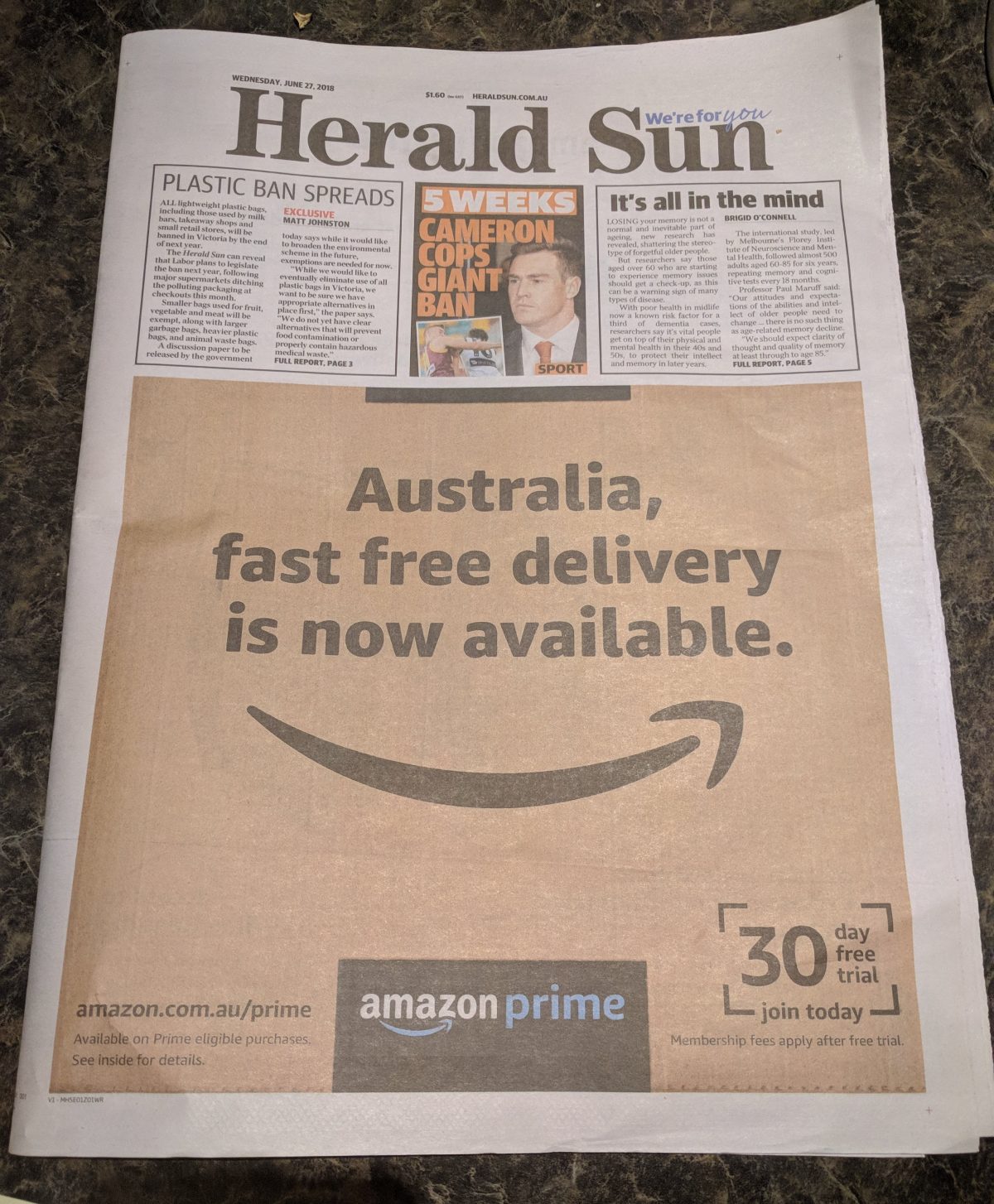I read Kin’s work to continually develop my understanding of APIs. It would seem that they are having more and more of an impact on the way we work, yet so many people (I work with) have little understanding of what they are or how they work. These annotations are a useful starting point and capture a few key definitions.
A Programmatic Interface
Application is about applying the digital resources made available via a programmatic interface.
Transport versus Influence
Looking back I wish we had spent more time thinking about how we were using the web as a transport, as well as the influence of industry and investment interests, but maybe it wasn’t possible as the web was still so new.
REST versus RPC
RESTafarians prefer that API providers properly define their approach, while many RPC providers could care less about labels, and are looking to just get the job done. Making XML and JSON RPC a very viable approach to doing APIs, something that still persists almost 20 years later.
Rest Framework
REST is a philosophy, and much like microservices, provides us with a framework to think about how we put our API toolbox to work, but isn’t something that should blind us from the other tools we have within our reach.
CSV
CSV as a data format represents an anchor for the lowest common denominator for API access. As a developer, it won’t be the data format I personally will negotiate, but as a business user, it very well could mean the difference between using an API or not.
XML
Our toolbox needs to still allow for us to provide, consume, validate, and transform XML.
API Query Language
There are trade offs with deciding to use an API query language, but in some situations it can make the development of clients much more efficient and agile, depending on who your audience is, and the resources you are looking to make available.
Webhooks
Webhooks are the 101 level of event-driven API architecture for API providers. It is where you get started trying to understand the meaningful events that are occurring via any platform.
Websub
Websub represents the many ways we can orchestrate our API implementations using a variety of content types, push and pull mechanisms, all leveraging web as the transport.
Server-Sent Events
Server-sent events (SSE) is a technology where a browser receives automatic updates from a server via a sustained HTTP connection, which has been standardized as part of HTML5 by the W3C.
WebSocket
WebSocket is a different TCP protocol from HTTP, but is designed to work over HTTP ports 80 and 443 as well as to support HTTP proxies and intermediaries, making it compatible with the HTTP protocol.
gRPC
As with other RPC approaches, gRPC is based around the idea of defining a service, specifying the methods that can be called remotely with their parameters and return types.
Kafka
Kafka has moved out of the realm of HTTP, using a binary protocol over TCP, defining all APIs as request response message pairs, using its own messaging format. Each client initiates a socket connection and then writes a sequence of request messages and reads back the corresponding response message–no handshake is required on connection or disconnection.
Headers
One thing I’ve learned over the years while building my API toolbox is the importance of headers, and they are something that have regularly been not just about HTTP headers, but the more general usage of network networks.
Mixed Message Formats
In my world, there will always be a mixed of known and unknown message formats, something that I will always work to tame, as well as be increasingly apply machine learning models to help me identify, evolve, and make sense of–standardizing things in any way I possibly can.

